Home>Maintenance & Safety>Child & Elderly Safety at Home>When Do Babies Need A High Chair
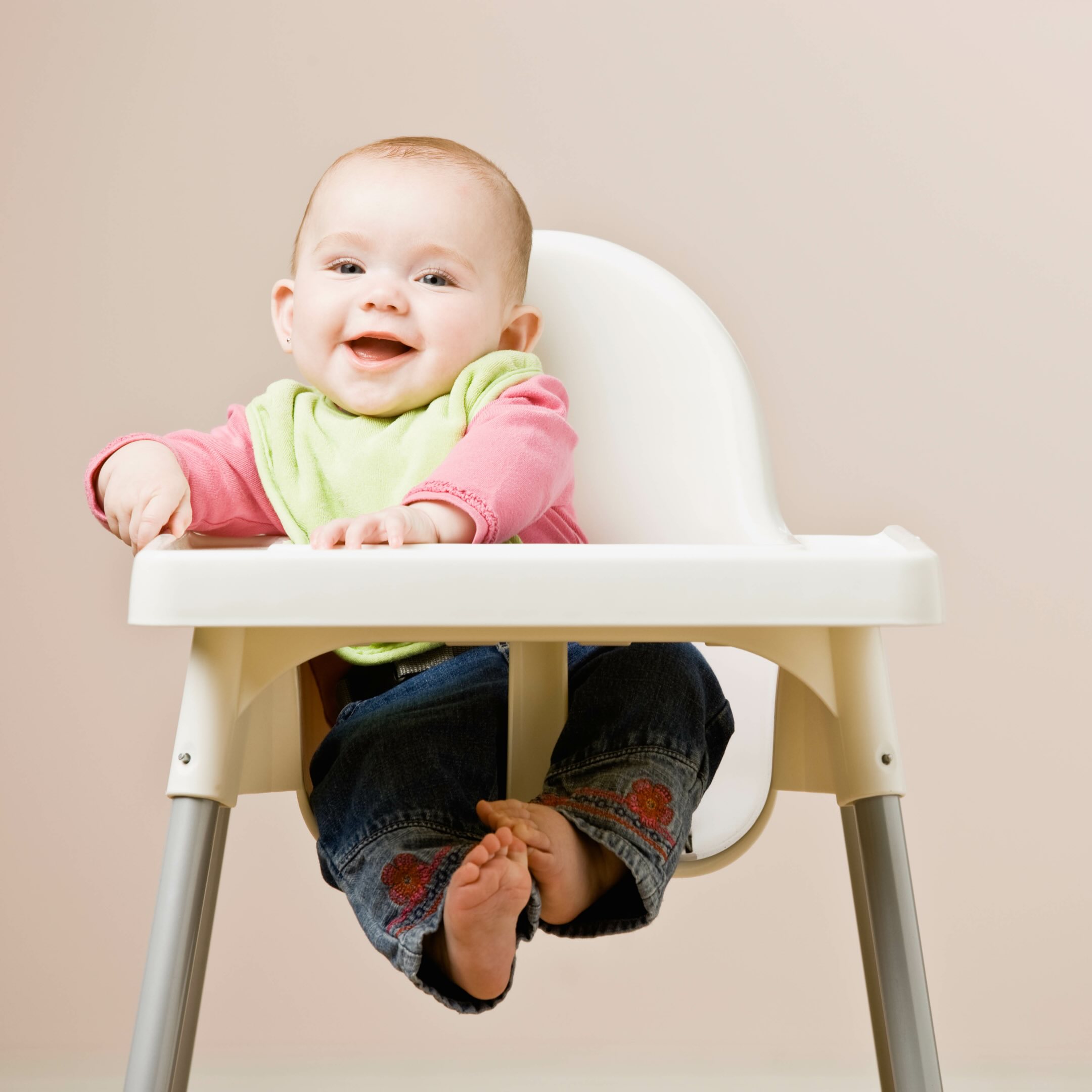

Child & Elderly Safety at Home
When Do Babies Need A High Chair
Modified: February 18, 2024
Find out when babies need a high chair for mealtime and how it contributes to child and elderly safety at home. Learn more about the importance of high chairs.
(Many of the links in this article redirect to a specific reviewed product. Your purchase of these products through affiliate links helps to generate commission for Storables.com, at no extra cost. Learn more)
Introduction
Introducing solid foods to your baby is an exciting milestone in their development. As your little one transitions from a diet of milk to exploring new tastes and textures, it's essential to create a safe and comfortable environment for mealtime. A high chair is a valuable piece of furniture that provides a secure and supportive space for your baby to enjoy their meals while sitting upright. This article will guide you through the process of determining when your baby is ready for a high chair, the benefits of using one, safety considerations, and tips for selecting the right high chair for your child's needs. Let's delve into the world of high chairs and discover how they can enhance your baby's feeding experience.
Key Takeaways:
- Babies are ready for a high chair when they can sit up unassisted, show interest in solid foods, and have improved hand-eye coordination. Using a high chair promotes independence, proper posture, and social interaction during mealtime.
- When choosing a high chair, prioritize safety features, easy-to-clean designs, and compatibility with safety standards. Look for adjustable seating options, durable construction, and user-friendly features to enhance your baby’s mealtime experience.
Read more: When Do Babies Sit In A High Chair?
Benefits of Using a High Chair
Using a high chair offers numerous advantages for both parents and babies. Here are the key benefits:
-
Promotes Proper Posture: High chairs are designed to support a baby's posture, allowing them to sit upright while eating. This helps in developing their core strength and stability, laying the foundation for good posture as they grow.
-
Enhances Safety: High chairs provide a secure and confined space for babies during mealtime, reducing the risk of falls or injuries that may occur if they were to sit in a regular chair or on a caregiver's lap.
-
Encourages Independence: By placing your baby in a high chair, they can actively participate in mealtime, fostering a sense of independence and autonomy as they learn to feed themselves and explore different foods.
-
Facilitates Social Interaction: Sitting at the table in a high chair allows babies to be at eye level with the rest of the family, promoting social interaction and bonding during meals.
-
Easier Mealtime Cleanup: High chairs are designed with easy-to-clean surfaces, making mealtime cleanup a breeze for parents. This feature saves time and effort, allowing for more quality time with the baby.
-
Establishes Routine: Using a high chair for meals helps establish a consistent routine, signaling to the baby that it's time to eat. This routine can be beneficial for their overall feeding schedule and development.
-
Reduces Mealtime Distractions: High chairs provide a designated space for babies to focus on eating, minimizing distractions that may arise from other activities or movements in the surrounding environment.
-
Supports Feeding Development: Sitting in a high chair encourages babies to practice self-feeding and develop fine motor skills as they grasp and manipulate utensils and finger foods.
Incorporating a high chair into your baby's feeding routine offers a multitude of benefits, contributing to their physical, social, and emotional development while simplifying mealtime for parents.
Signs Your Baby is Ready for a High Chair
As your baby grows and reaches new developmental milestones, it's important to recognize the signs indicating their readiness for a high chair. While every baby develops at their own pace, there are several key indicators that can help you determine when the time is right to introduce a high chair into their feeding routine.
Physical Stability:
When your baby can sit up unassisted for an extended period, displaying improved head and neck control, it's a strong indication that they are physically ready for a high chair. This milestone typically occurs around the age of 6 to 8 months, as their muscles and coordination continue to strengthen.
Increased Interest in Solid Foods:
As your baby becomes more curious about solid foods and shows eagerness to participate in mealtime, it may be a sign that they are ready for a high chair. This interest often manifests through reaching for food, mimicking chewing motions, or displaying excitement when observing others eat.
Read more: When Can Babies Use A High Chair?
Heightened Curiosity and Engagement:
When your baby begins to show a keen interest in family meals and demonstrates a desire to be part of the dining experience, it indicates their readiness for a high chair. This can be observed through their attempts to grab utensils or foods from the table, as well as their engagement with the sights and sounds of mealtime.
Improved Hand-Eye Coordination:
As your baby's hand-eye coordination develops, allowing them to grasp and hold objects with increased dexterity, they are likely ready for a high chair. This milestone is crucial for self-feeding and can be observed through their ability to pick up small objects and bring them to their mouth.
Longer Attention Span:
When your baby displays a longer attention span and can focus on activities such as eating for a sustained period, it indicates their readiness for a high chair. This ability to remain engaged during mealtime is essential for a positive feeding experience in a high chair setting.
Recognizing these signs of readiness in your baby will help you make a smooth transition to using a high chair, providing them with a secure and supportive space for mealtime while fostering their independence and feeding development.
Safety Considerations for High Chairs
Ensuring the safety of your baby during mealtime is paramount, and high chairs play a crucial role in providing a secure and protected environment. Here are essential safety considerations to keep in mind when using a high chair:
Read more: What Age Do You Need A High Chair?
Sturdy Construction:
When selecting a high chair, opt for a model with a stable and robust construction. The chair should have a wide base and be resistant to tipping, providing a secure seating platform for your baby. Additionally, check for a reliable harness system that effectively restrains your baby in the chair, minimizing the risk of falls.
Safety Straps and Restraints:
High chairs should be equipped with safety straps and harnesses to secure your baby in place. These restraints prevent your little one from standing up or leaning out of the chair, reducing the likelihood of accidents. Always ensure that the straps are properly fastened and adjusted to fit snugly around your baby, offering maximum security.
Secure Tray Attachment:
The tray of the high chair should have a secure locking mechanism to prevent accidental detachment. This feature ensures that the tray remains in place during mealtime, eliminating the risk of it sliding or falling off while your baby is eating. Regularly inspect the tray attachment to confirm its stability and functionality.
Smooth Edges and Surfaces:
Inspect the high chair for any sharp edges, protruding parts, or rough surfaces that could pose a hazard to your baby. Smooth and rounded edges minimize the risk of injuries, providing a safe and comfortable dining environment. Additionally, ensure that the chair's surfaces are easy to clean and maintain hygiene standards.
Read more: Why Do You Need A Footrest For High Chair?
Weight and Age Limits:
Adhere to the weight and age limits specified by the high chair manufacturer. Exceeding these limits can compromise the chair's stability and safety, increasing the likelihood of accidents. Always refer to the product guidelines to ensure that your baby is within the recommended parameters for safe usage.
Placement and Environment:
Position the high chair away from potential hazards such as cords, tablecloths, or sharp objects that your baby could reach. Create a designated and clutter-free space for the high chair to minimize the risk of accidents caused by surrounding objects. Additionally, ensure that the chair is placed on a level surface to prevent tipping.
Supervision:
While high chairs offer a secure seating arrangement, it's essential to supervise your baby during mealtime. Stay within close proximity to the high chair, attentively monitoring your baby's movements and ensuring their safety throughout the feeding process.
By prioritizing these safety considerations, you can create a protective and nurturing environment for your baby during mealtime, allowing them to enjoy their dining experience while minimizing potential risks.
Tips for Choosing the Right High Chair
When selecting a high chair for your baby, it's essential to consider various factors to ensure that you choose a safe, comfortable, and practical option. Here are valuable tips to guide you in choosing the right high chair for your little one:
1. Safety Features:
Prioritize safety by choosing a high chair with a stable and sturdy construction. Look for a wide base and solid legs to prevent tipping. Additionally, ensure that the chair has a reliable harness system to secure your baby during mealtime, reducing the risk of falls or accidents.
2. Adjustable Seat and Footrest:
Opt for a high chair with an adjustable seat and footrest to accommodate your baby's growth and development. The ability to customize the seating position ensures optimal comfort and support, allowing your baby to sit in a natural and ergonomic posture while enjoying their meals.
3. Easy-to-Clean Design:
Select a high chair with smooth and easy-to-clean surfaces to simplify mealtime cleanup. Removable trays and machine-washable seat covers are convenient features that contribute to maintaining a hygienic dining environment for your baby. Additionally, consider materials that are resistant to stains and spills for added practicality.
4. Space-Saving and Portable Options:
If space is a consideration in your home, explore space-saving or portable high chair designs. Foldable or compact high chairs are ideal for maximizing space efficiency, while portable models are convenient for travel or dining outside the home. Consider the versatility and adaptability of the high chair to suit your lifestyle.
Read more: What Happened To Baby Bjorn High Chair?
5. Durability and Longevity:
Invest in a high chair that is durable and built to last. Quality materials and construction contribute to the longevity of the chair, ensuring that it can withstand daily use and accommodate your baby as they transition from early infancy to toddlerhood. A durable high chair provides lasting value for your investment.
6. Adjustable Tray and Accessories:
Look for a high chair with an adjustable tray that can be positioned at varying distances from your baby. This feature allows for flexibility as your baby grows and provides ample space for meals and activities. Additionally, consider accessories such as cup holders or toy attachments to enhance the functionality and enjoyment of the high chair.
7. Compatibility with Safety Standards:
Ensure that the high chair complies with safety standards and regulations. Look for certifications or endorsements from reputable safety organizations to validate the chair's adherence to established safety guidelines. Prioritizing safety standards provides peace of mind and reassurance regarding the high chair's design and manufacturing.
8. User-Friendly Features:
Consider user-friendly features such as one-hand tray removal, adjustable height settings, and easy assembly. These features contribute to the convenience and practicality of the high chair, simplifying the overall user experience for parents and caregivers.
By considering these tips when choosing a high chair, you can make an informed decision that prioritizes safety, functionality, and comfort for your baby, enhancing their mealtime experience while providing peace of mind for you as a parent.
Conclusion
In conclusion, introducing a high chair into your baby's feeding routine marks a significant step in their development and overall well-being. The benefits of using a high chair extend beyond providing a designated space for meals; it fosters independence, supports proper posture, and facilitates social interaction during family mealtimes. Recognizing the signs indicating your baby's readiness for a high chair, such as physical stability, increased interest in solid foods, and improved hand-eye coordination, enables a smooth transition to this essential piece of furniture.
Safety considerations play a pivotal role in ensuring a secure and protected environment for your baby during mealtime. From sturdy construction and reliable harness systems to smooth surfaces and age-appropriate usage, prioritizing safety features in a high chair is paramount. Additionally, selecting the right high chair involves considering adjustable seating options, easy-to-clean designs, and compatibility with safety standards, all of which contribute to a positive and practical feeding experience for both the baby and the caregiver.
By incorporating these insights into your decision-making process, you can confidently choose a high chair that aligns with your baby's developmental stage, safety requirements, and lifestyle preferences. Whether opting for a space-saving design, a durable and long-lasting model, or one with user-friendly features, the right high chair can enhance mealtime routines and create a nurturing environment for your baby's feeding journey.
As you embark on this exciting phase of your baby's growth, remember that the high chair serves as more than just a piece of furniture; it symbolizes a supportive and engaging space where your baby can explore new flavors, develop essential skills, and actively participate in family meals. Embracing the benefits of using a high chair while prioritizing safety and practicality sets the stage for enjoyable and memorable mealtime experiences, laying the foundation for a lifetime of healthy eating habits and positive social interactions.
In essence, the journey of introducing a high chair to your baby's feeding routine is a testament to the nurturing and supportive environment you aim to create, fostering their growth, development, and well-being as they embark on their culinary adventures.
Frequently Asked Questions about When Do Babies Need A High Chair
Was this page helpful?
At Storables.com, we guarantee accurate and reliable information. Our content, validated by Expert Board Contributors, is crafted following stringent Editorial Policies. We're committed to providing you with well-researched, expert-backed insights for all your informational needs.

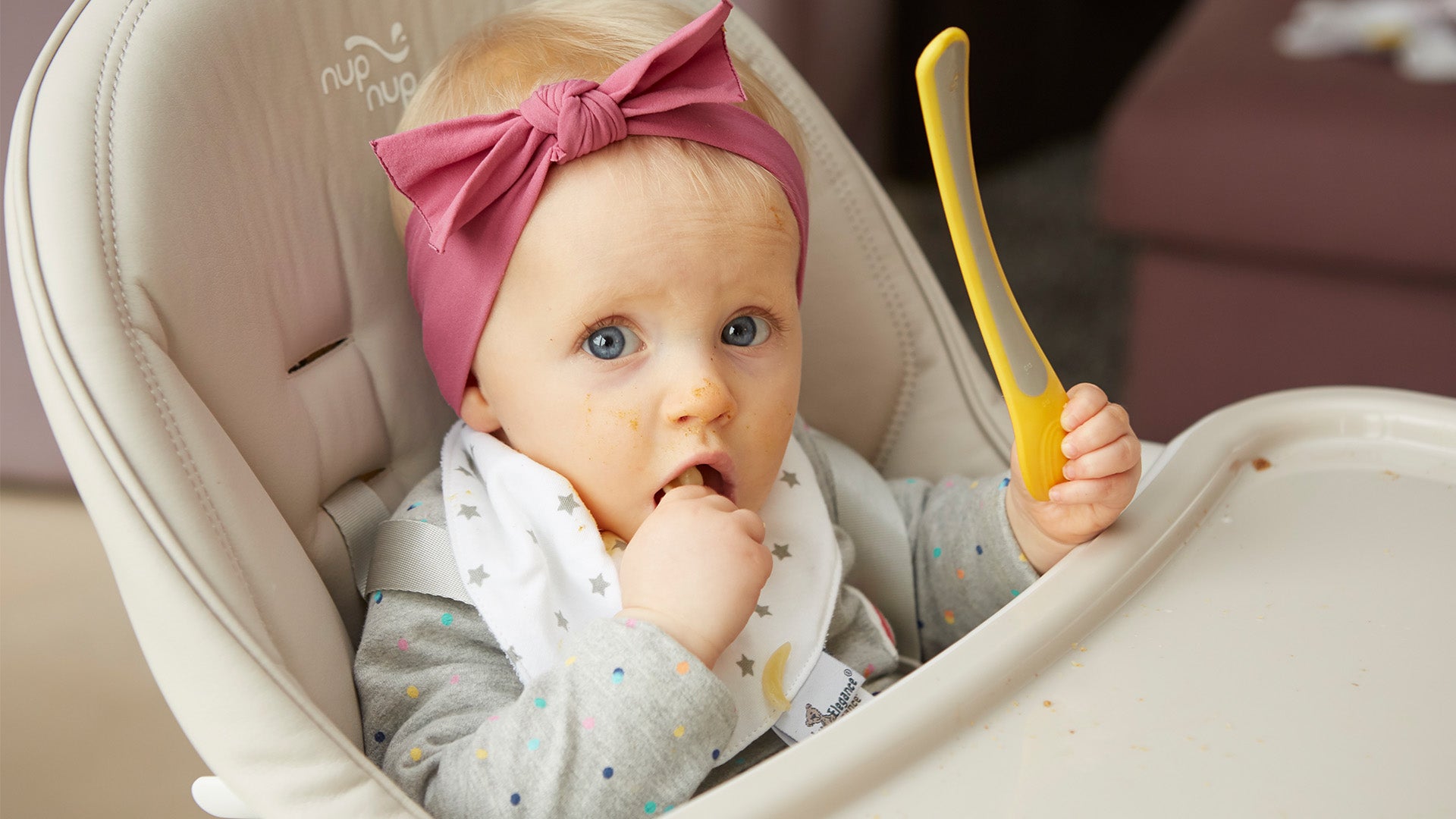
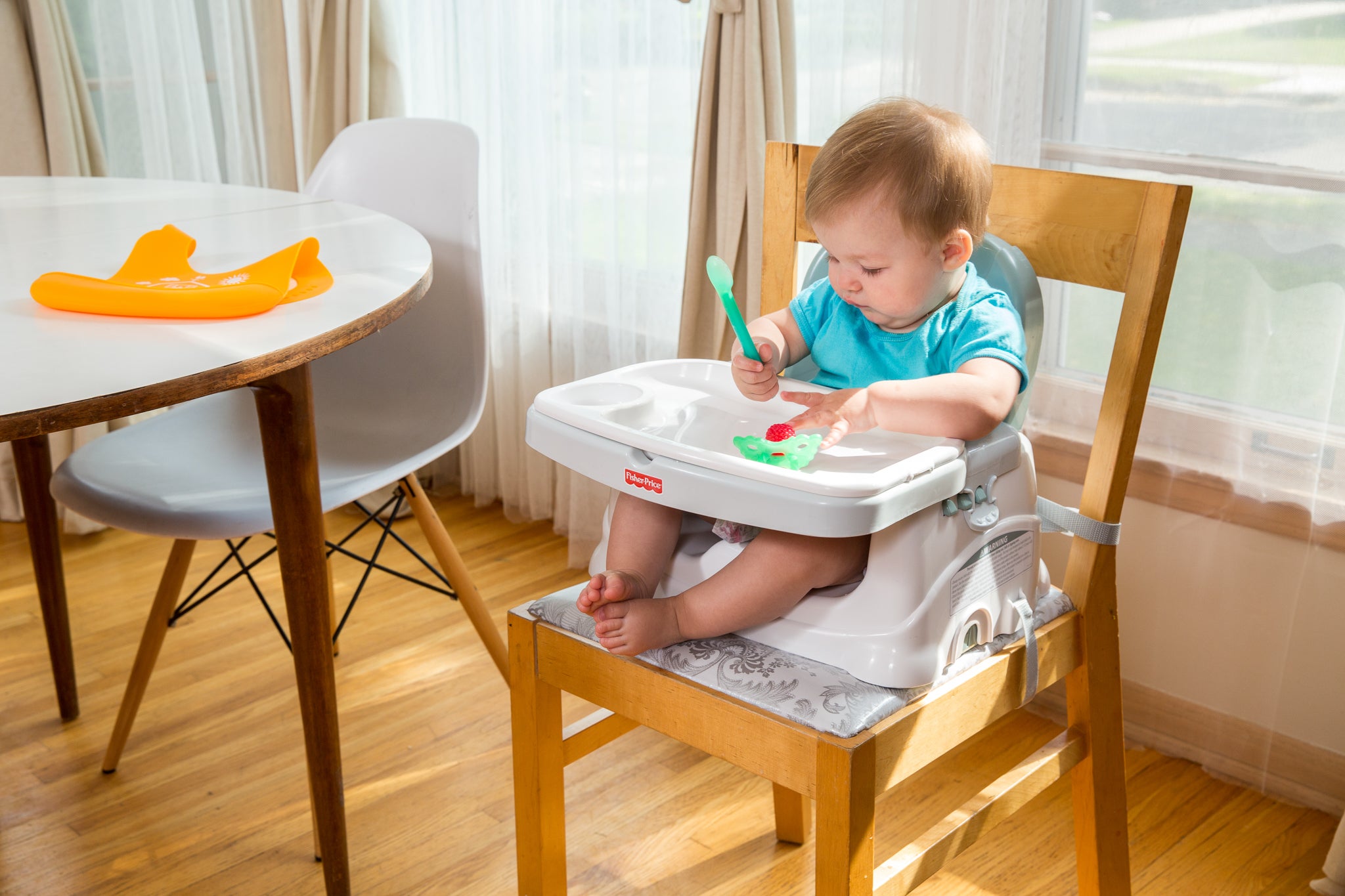

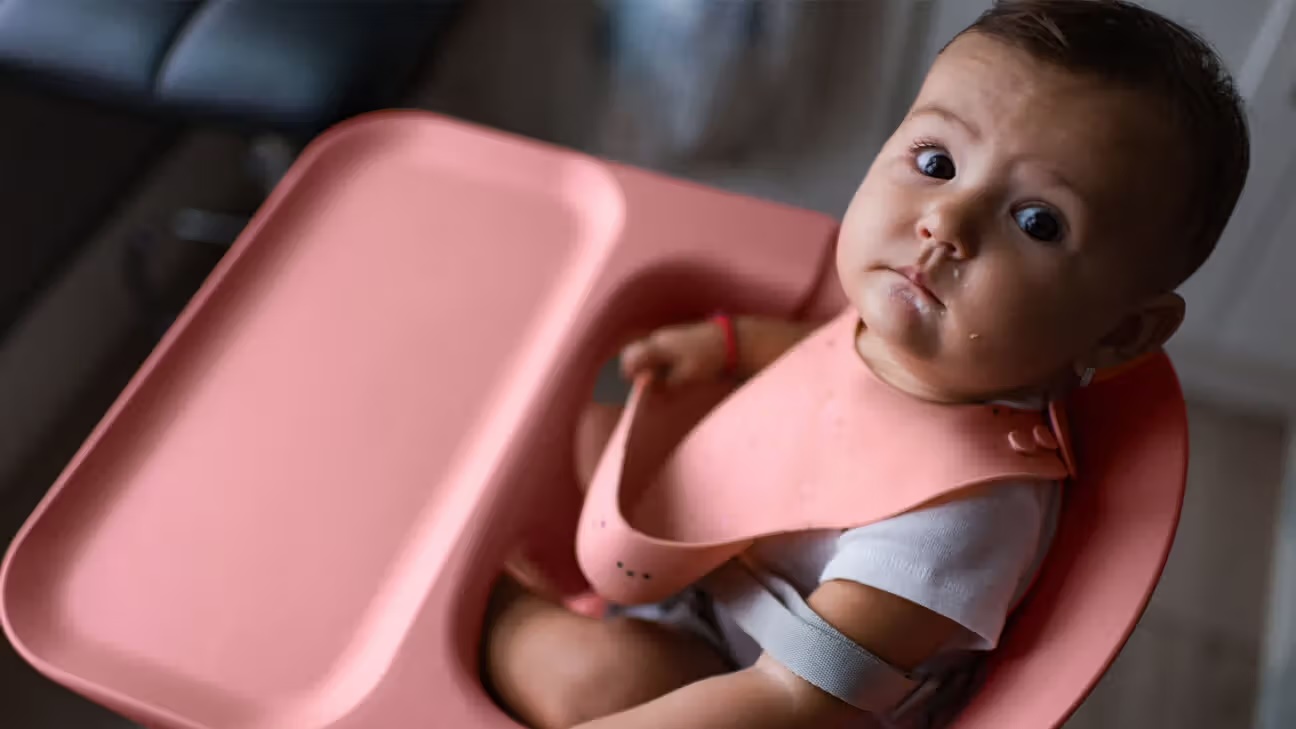
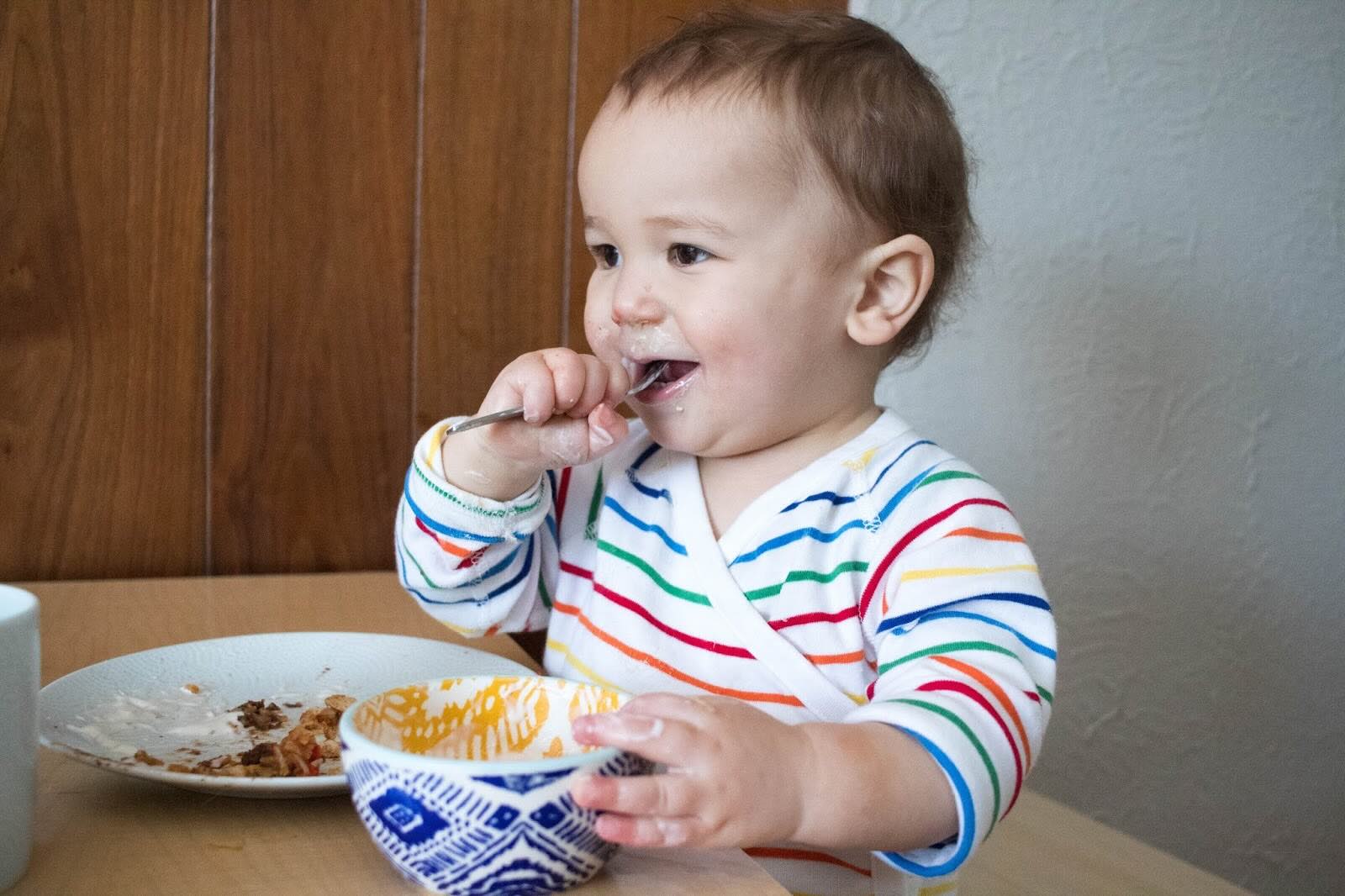
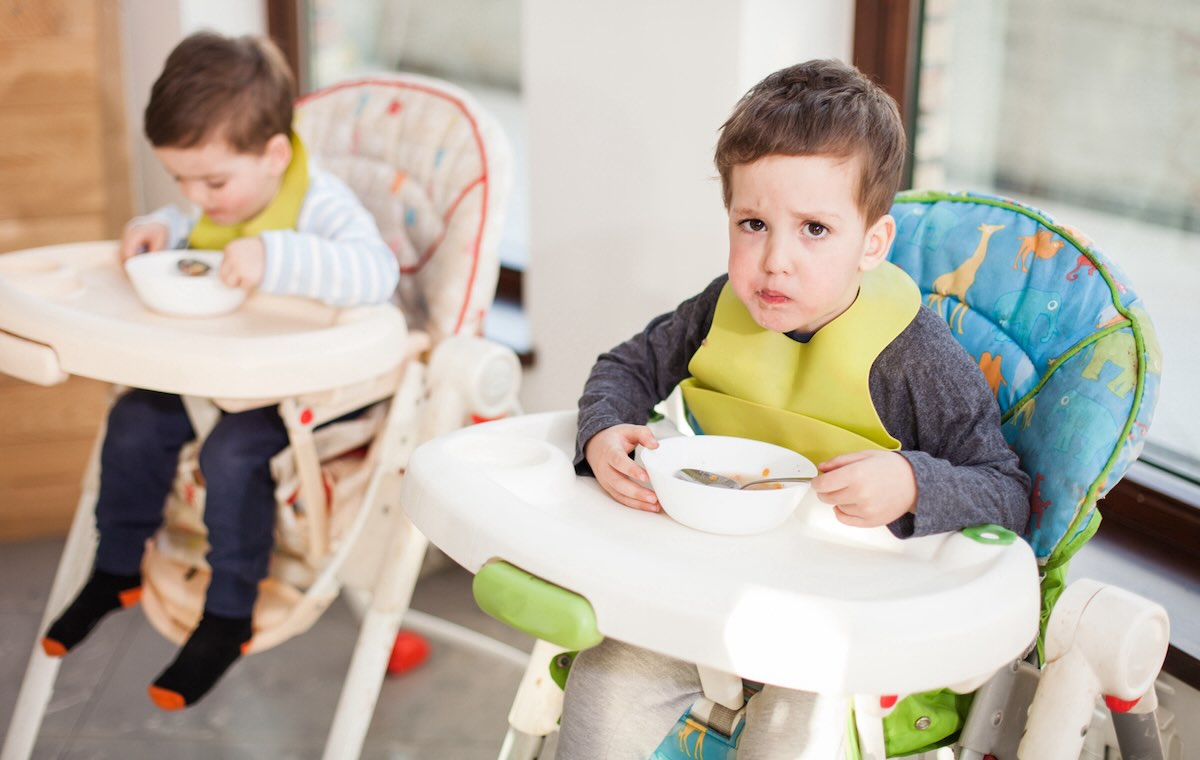

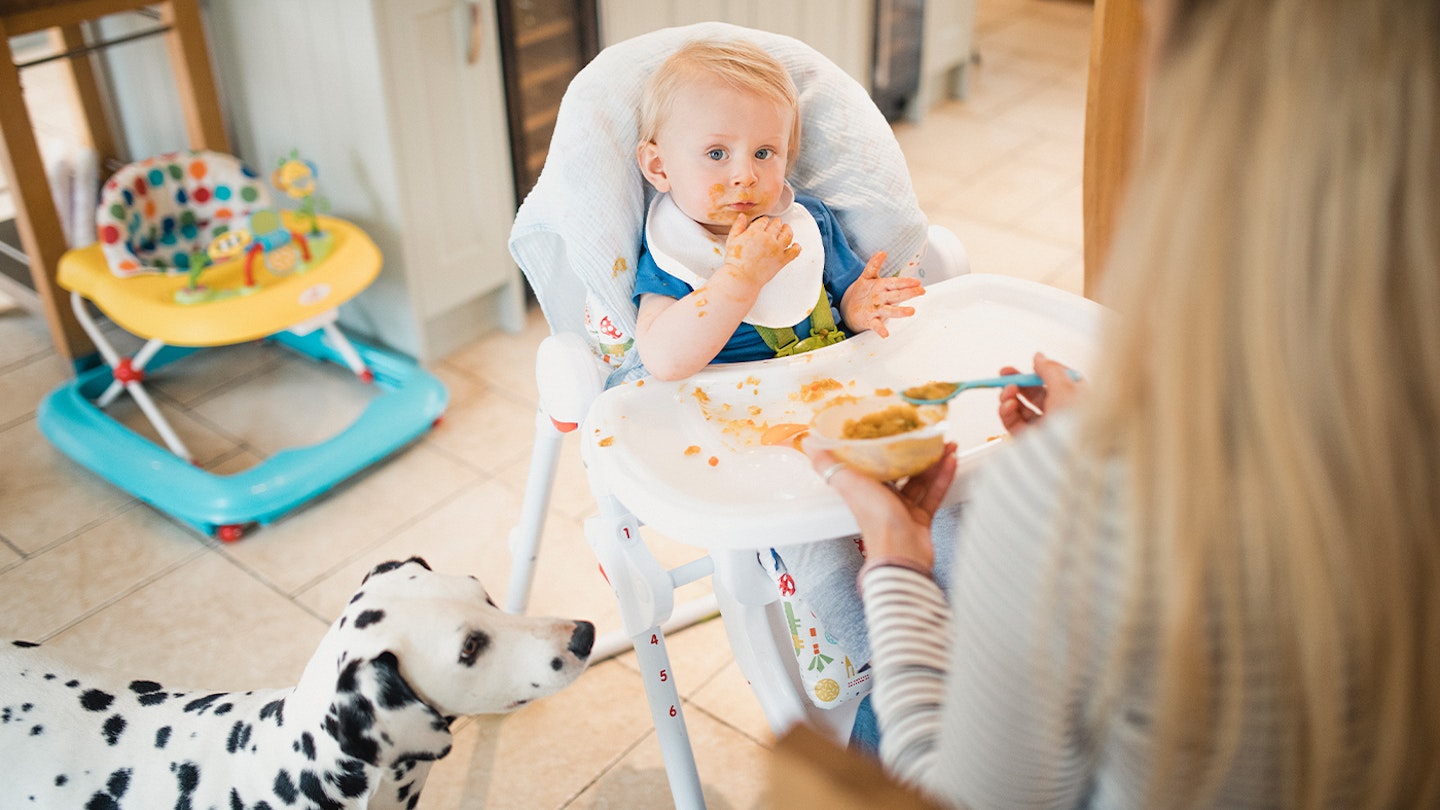

0 thoughts on “When Do Babies Need A High Chair”